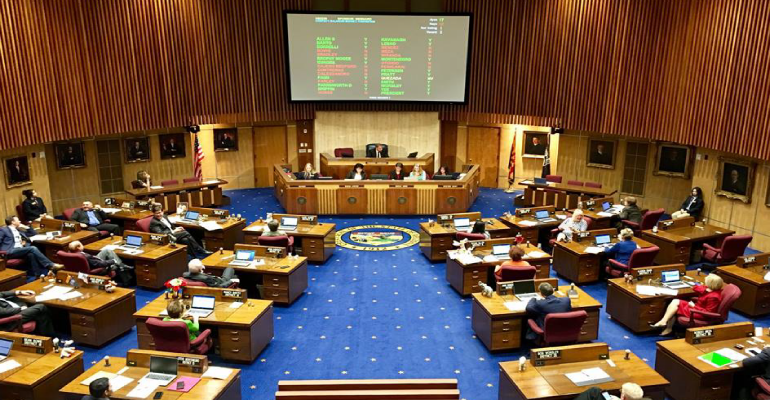Effective lobbying requires proactive diligence
Legislative Affairs
The AIADA Legislative Committee helps to set the annual legislative agenda for the AIADA. The legislature is a part time legislature meeting only in the first few months of each year.
Laws passed the the legislature can have profound impacts on our industry. The AIADA works hard to stay in front of legislative efforts to ensure the right laws are passed, modified, or eliminated. Our approach is to ensure all three legs of the regulatory stool are kept balanced:
- Dealer Compliance
- Protected Consumer
- Free Flow of Commerce
We have found that this approach yield the best results both legislatively and regulatory.
The Arizona State Legislature is the state legislature of the U.S. state of Arizona. It is a bicameral legislature that consists of a lower house, the House of Representatives, and an upper house, the Senate. Composed of 90 legislators, the state legislature meets in the Capitol Complex in the state capital of Phoenix, Arizona. Created by the Arizona Constitution upon statehood in 1912, the Arizona State Legislature met biennially until 1950. Today, they meet annually.
Arizona’s electoral districts are different from the majority of U.S. states. The state is divided into 30 legislative districts, each of which elects one senator and two representatives. Legislators are term limited to eight consecutive years in office, but can run again after two years or run for the other house than the one in which they serve.
The Arizona Legislature is responsible for making laws in the state of Arizona. The first step in the legislative process is bill drafting. First, legislators must submit a bill request to the legislative council staff. Additionally, a legislator-elect may submit a bill request or private citizens can obtain authorization from a legislator to use the legislator’s name before giving instructions to the legislative council staff. The legislative council staff delivers a bill draft to the sponsor or requester and if directed, will prepare the bill for introduction.
Bills undergo three or four readings during the legislative process. After the first reading, they are assigned to committee. Committees can amend measures or hold legislation and prevent it from advancing. Once committee action is completed, the bill undergoes a second hearing and a third hearing, which happens just before the floor vote on it. The bill is then sent to the opposite legislative house for consideration. If approved, without amendment, it is sent to the governor. If there is amendment, however, the Senate may either reconsider the bill with amendments or ask for the establishment of a conference committee to work out differences in the versions of the bill passed by each chamber. Once a piece of legislation approved by both houses is forwarded to the governor, it may either be signed or vetoed. If it is signed, it takes effect on the effective date of the legislation. If it is vetoed, lawmakers may override the veto with a vote by a three-fifths majority in both chambers.
Alternatively, instead of presenting the measure to the Governor, the Legislature may order that it be submitted to the people. If the measure is approved by the people, the Governor has no power to veto it, and the Legislature may not repeal it, and may not amend it unless the amending legislation furthers the purposes of such measure and at least three-fourths of the members of each house of the Legislature, by a roll call of ayes and nays, vote to amend such measure.


